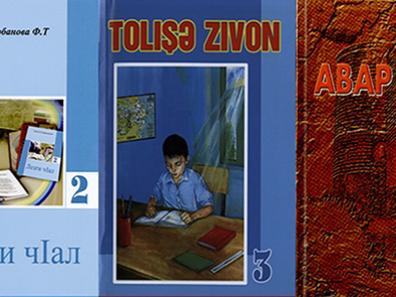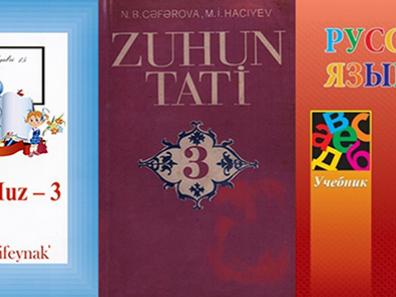Linguistic heritage and diversity in Azerbaijan

The largest concentration of Turkic language speakers is found in the Eastern Caucasus, in an almost continuous Turkic-speaking area stretching along the Caspian coast and encompassing Noghai, Koumyk and Azeri. Of these three languages, only Azeri has the status of an official state language, that of the Republic of Azerbaijan.
For centuries, Azeri has been the lingua franca (i.e. the language of inter-ethnic communication) of its geographical area, which stretches from the far west of the Lesser Caucasus to the Caspian coast and south to the Iranian Plateau. This fairly solid status only weakened in the second half of the 20th century when, under pressure from more widely spoken languages such as Russian and Persian, Azeri began to cede its sociolinguistic positions. Nevertheless, it remains a widespread second language among speakers of minority languages in the Republic of Azerbaijan, where its official status is enshrined in the Constitution.
The linguistic diversity of this geographical area was at its peak in the early 20th century and throughout its first half, before the region was affected by forced population movements caused by bitter modern political conflicts, and at a time when mass immigration into this Russian-controlled region was still feeding its multilingual mosaic. The city of Baku at the height of the Soviet era was a community of speakers of over 100 different languages
.

The northern part of this area, which stretches along both sides of the Greater Caucasus, is dotted with communities of speakers of Eastern Caucasian languages. Those spoken in Azerbaijan mainly include Lezgui, Avar and Tsakhour. In addition to these three, there are languages of the same family spoken in less than half a dozen rural communities across the country, namely Routul, Akhvakh and Bezhta, whose main area of distribution is Dagestan, Russian region bordering Azerbaijan, as well as Udi (closely related to the ancient literary language of Caucasian Albania), Kryze varieties, Boudough and Khinalug, languages spoken only in Azerbaijan. Near the northern regions where Avar and Tsakhur are spoken, there are localities where a particular dialect of Georgian, a South Caucasian language, known as Ingilo, is spoken.
Languages belonging to the Iranian branch of the Indo-European family are traditionally spoken throughout Azerbaijan. One of these is Talyshi, spoken in the south of the country. Another is a group of closely related linguistic varieties known collectively as Tat (grouped into two sub-branches: Jewish Tat and Muslim Tat), spoken in a discontinuous area in the northeast and center of the country. A third is Caucasian Kurmandji, which was historically spoken in the western part of the Azeri area. Finally, from the end of the 19th century, groups of speakers of a peripheral Persian dialect migrated north in several waves and are currently found in a few villages in the Alazane valley in the far north of Azerbaijan. Until recently, an Iranian language known in scientific literature as Kilit was spoken in a village of the same name in the south-western part of the country, the Nakhchivan exclave, but was already on the verge of extinction by the time it was documented at the end of the 19th century.
Armenian, another Indo-European language, is spoken in the mountainous regions of the western part of the Azeri-speaking area. Russian, widely spoken even today in Azerbaijan as a second or third language, is mainly urban, but also has native speakers in the country's rural communities, a legacy of Russian imperial immigration policy. It was this same policy that once introduced to these lands speakers of Swabian, an Alemannic variety, who established colonies in what is now northwestern Azerbaijan and lived there for over 120 years until their deportation on Stalin's orders during the Nazi incursion into the USSR.
Historically, the Eastern Caucasus was home to isolated Dom-speaking communities, although there has been no mention of them in scientific literature since the late 19th century.
Similarly, 18th and 19th century sources mention small population groups in the center of what is now Azerbaijan, speaking a mixed variety of Arabic, one of the few Semitic languages spoken natively in the Caucasus. As elsewhere in the region and the world, sociolinguistic processes, migration, urbanization and universal education have contributed to the gradual reduction in the range of use of certain minority languages. Azerbaijan signed the European Charter for Regional or Minority Languages in 1992, but has not yet ratified it. At the same time, linguistic contact between Azeri and the languages with which it is in contact has produced particular linguistic phenomena on all sides, many of which have yet to be researched.
Murad Suleymanov
Teacher of Azeri at Inalco
Research areas: language and linguistics in the Caucasus-Anatolia-Iran area, Iranian languages, Turkic languages, East Caucasian languages, language contact.

Book cover images: minority language textbooks published in Azerbaijan.
DR: Ministry of Education of the Republic of Azerbaijan.